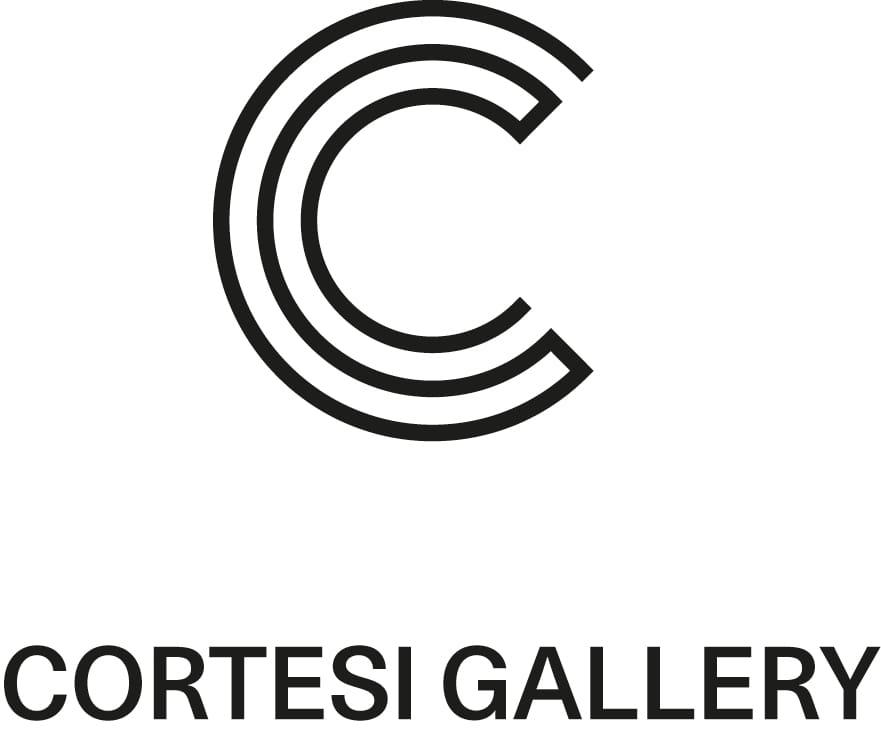The Belgian artist Walter Leblanc (1932-1986) was an outstanding figure in post-World War II European art, whose importance is drawing international attention.
This exhibition at Cortesi Gallery, curated by Francesca Pola and realized in collaboration with the Walter and Nicole Leblanc Foundation of Brussels, brings together pivotal examples of his work from the 1950s to the 1970s, presenting the significant periods of his creative activity.
Unquestioned is Leblanc’s place among the masters of what can be defined the ‘poetics of zeroing’ of the late 1950s, developed in the context of the ZERO movement and network between Germany, Switzerland, Belgium and Italy.
Considered one of the pioneers of contemporary artistic practices, rather than defining his work as geometric abstraction, his is a case of a sensorial geometry, constantly nourished by an experimental curiosity about unorthodox materials (such as cotton threads, latex, PVC, metal), as well as by a constructive tension and a focus on the dynamic power of light. Twisted Strings, Mobilo-Static, Schematic Torsions, are some definitions he coined for his works, whose complex essentiality anticipates optical and minimal trends: their unifying element is the torsion of the material, to twist the space of our experience.
Leblanc wanted to go beyond the traditional concept of the artwork understood as a surface or an object to contemplate, in order to create a space of experience that requires the active involvement of the viewer through perception and deciphering. Many contemporary art trends have subsequently adopted this expressive reduction as an opportunity to involve both the body and the mind of the viewer.
The purpose of this exhibition is to present the complexity and richness of Leblanc’s work beyond the clichés that his art has been generally associated with, placing it into a wider historical context that also links it to the present. From the start, Leblanc wanted to go beyond the usual opposing notion of figuration and abstraction, whether lyrical, surreal or constructivist, so as to concentrate all these sources in a new relationship between image and reality, between materials and light. The significance and quality of his creative achievements from a historical point of view is also a fertile and vital source of present and future developments, as is confirmed by his enduring relevance for new creative generations.
The exhibition will be accompanied by a fully illustrated catalogue, published by Mousse, which includes an essay by Francesca Pola, images of all of the works exhibited, installation views of the exhibition, and a bio-bibliographical appendix. Based on extensive archival and iconographic research, it offers a more complete understanding and further international studies of Leblanc’s work.
The exhibition has been realized within the context of the distribution in the United Kingdom by Yale University Press of Walter Leblanc. Edited by Francesca Pola with contributions from Serge Lemoine, Robyn Farrell and Eva Wittocx, this monograph, actively promoted by the Walter and Nicole Leblanc Foundation and published by Mercatorfonds, is the first significant publication devoted to Leblanc’s entire oeuvre and produced for an international audience.

